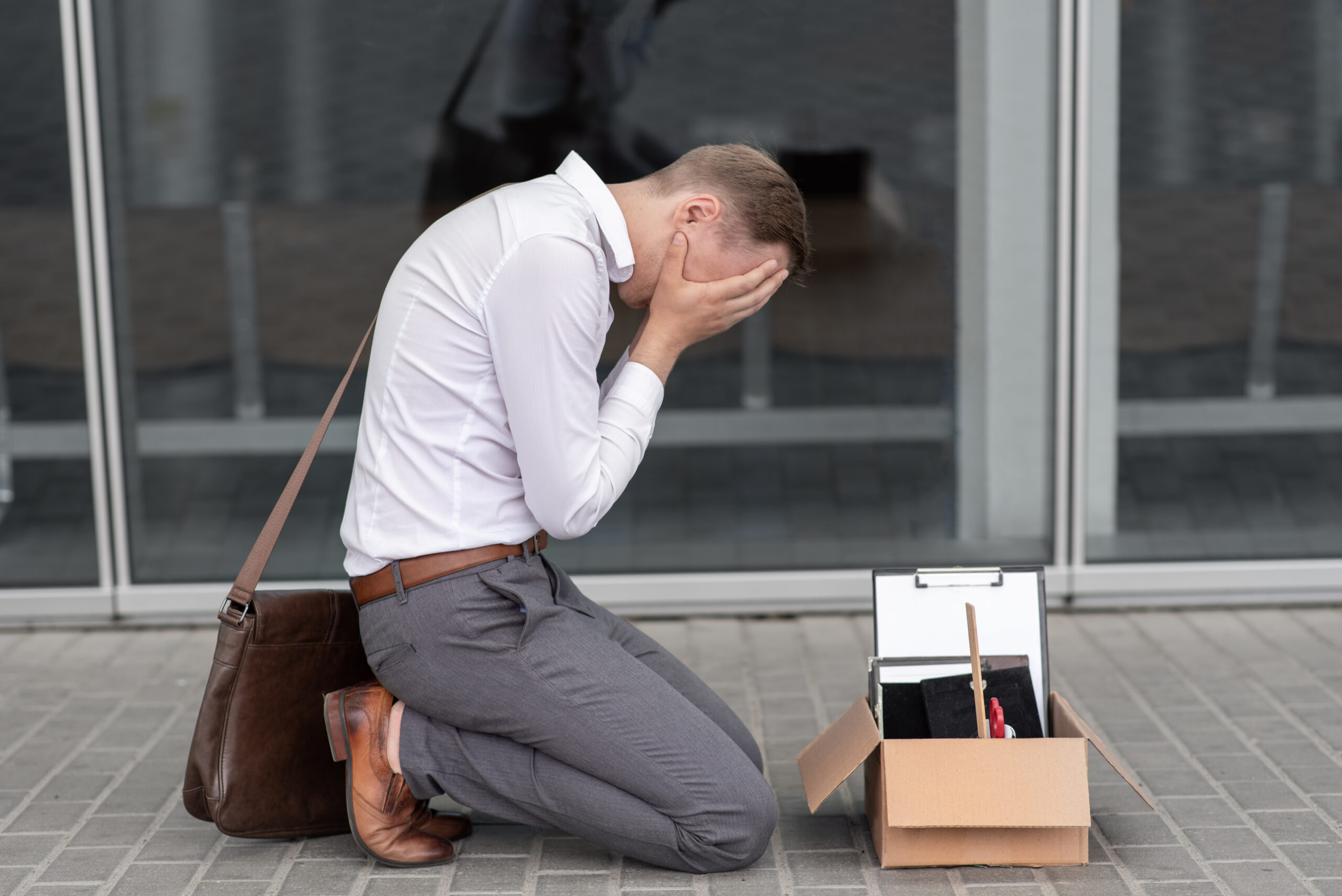Withdrawal from substances can be challenging and often requires careful management to avoid complications. One of the most intense and misunderstood phenomena in the realm of addiction treatment is precipitated withdrawal. At Avise Wellness Collective, we aim to provide clarity on this subject, helping individuals and their loved ones navigate the complexities of withdrawal with informed support.
What is Precipitated Withdrawal?
Precipitated withdrawal occurs when an antagonist or partial agonist medication is introduced to someone dependent on opioids, causing a rapid and severe onset of withdrawal symptoms. This is most commonly associated with medications like naloxone (Narcan) or buprenorphine (Suboxone), which are used in the treatment of opioid use disorder. These medications can quickly displace opioids from their receptors in the brain, leading to a sudden and intense withdrawal reaction.How Does Precipitated Withdrawal Occur?
Precipitated withdrawal typically happens in two scenarios:- Naloxone Administration: Naloxone is an opioid antagonist used to reverse opioid overdoses. When administered to someone with opioids in their system, it rapidly displaces the opioids from their receptors, reversing the effects but also triggering immediate withdrawal.
- Buprenorphine Induction: Buprenorphine, a partial opioid agonist, is used in medication-assisted treatment (MAT) for opioid dependence. If administered too soon after the last opioid use, it can outcompete the full agonist opioids at the receptors, causing precipitated withdrawal. This is why timing and assessment by healthcare providers are crucial during the induction phase of buprenorphine treatment.
Symptoms of Precipitated Withdrawal
The symptoms of precipitated withdrawal are similar to those of regular opioid withdrawal but tend to be more severe and sudden. They can include:- Intense cravings
- Severe anxiety and agitation
- Muscle aches and pains
- Sweating and chills
- Nausea and vomiting
- Diarrhea
- Abdominal cramps
- Dilated pupils and runny nose
- Increased heart rate and blood pressure
Preventing Precipitated Withdrawal
Preventing precipitated withdrawal involves careful planning and timing when using medications like naloxone or buprenorphine. Here are some essential steps to consider:- Proper Timing: For buprenorphine induction, it’s critical to wait until moderate withdrawal symptoms are present before starting the medication. This typically means waiting at least 12-24 hours after the last use of short-acting opioids and longer for long-acting opioids.
- Medical Supervision: Always undergo induction and withdrawal management under the care of a healthcare provider experienced in addiction treatment. They can monitor symptoms and adjust the treatment plan as needed.
- Education: Understanding the risks and symptoms of precipitated withdrawal can help individuals and their families be better prepared and less anxious during the process.
